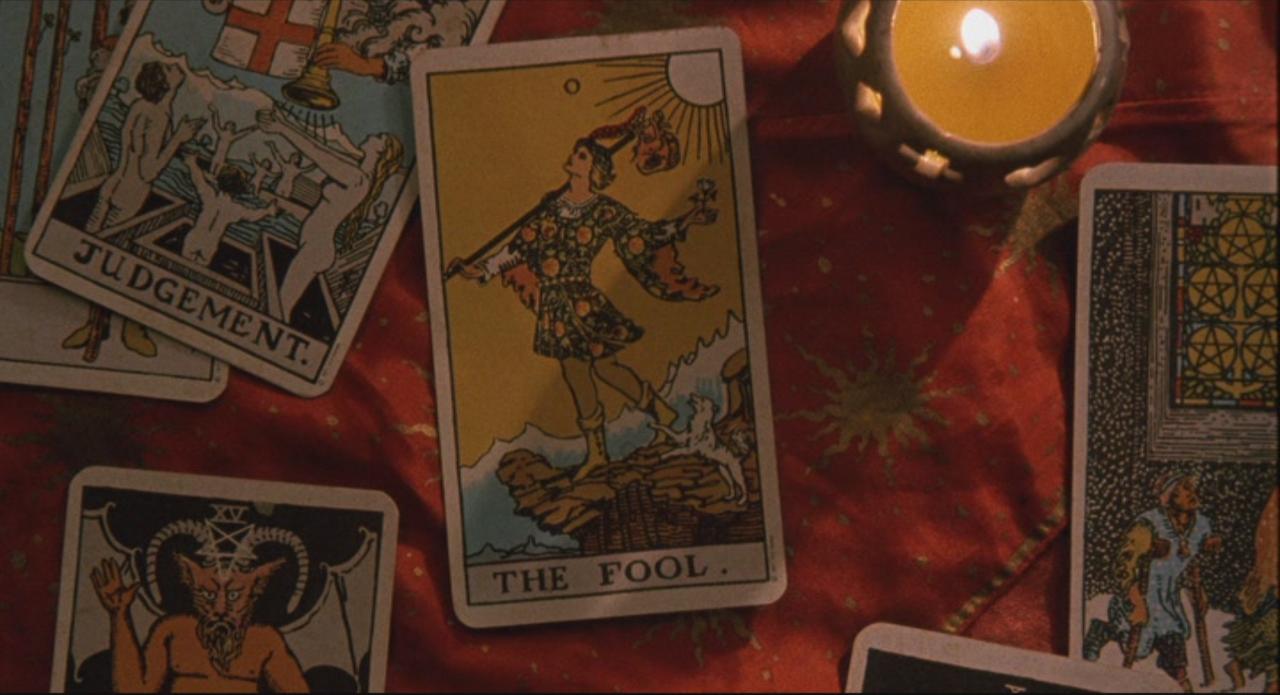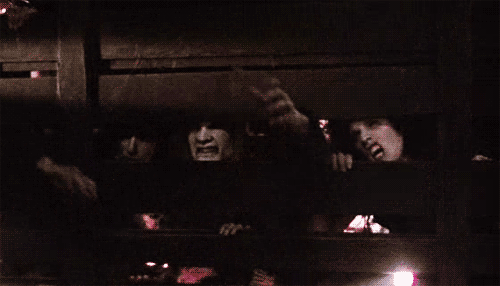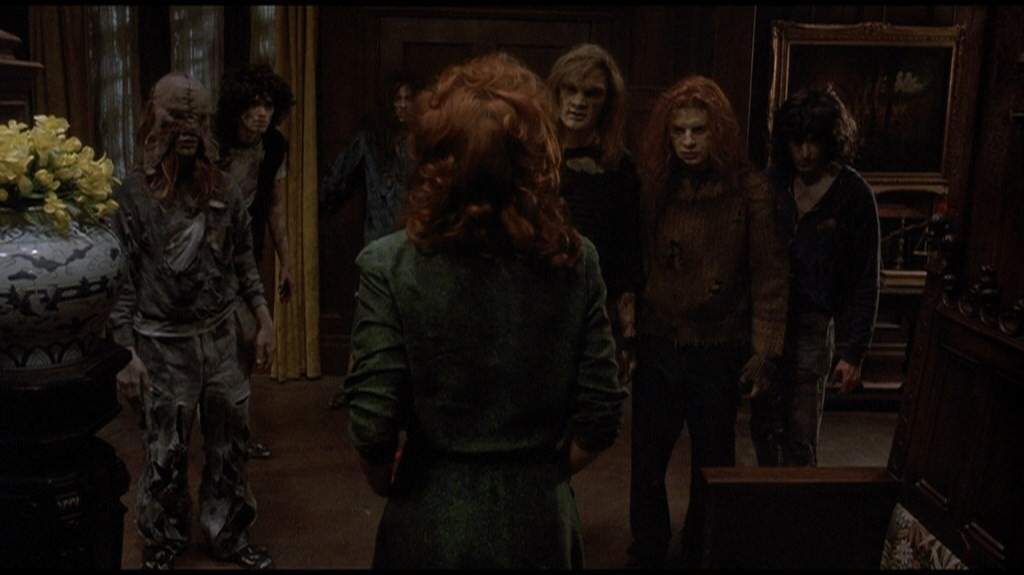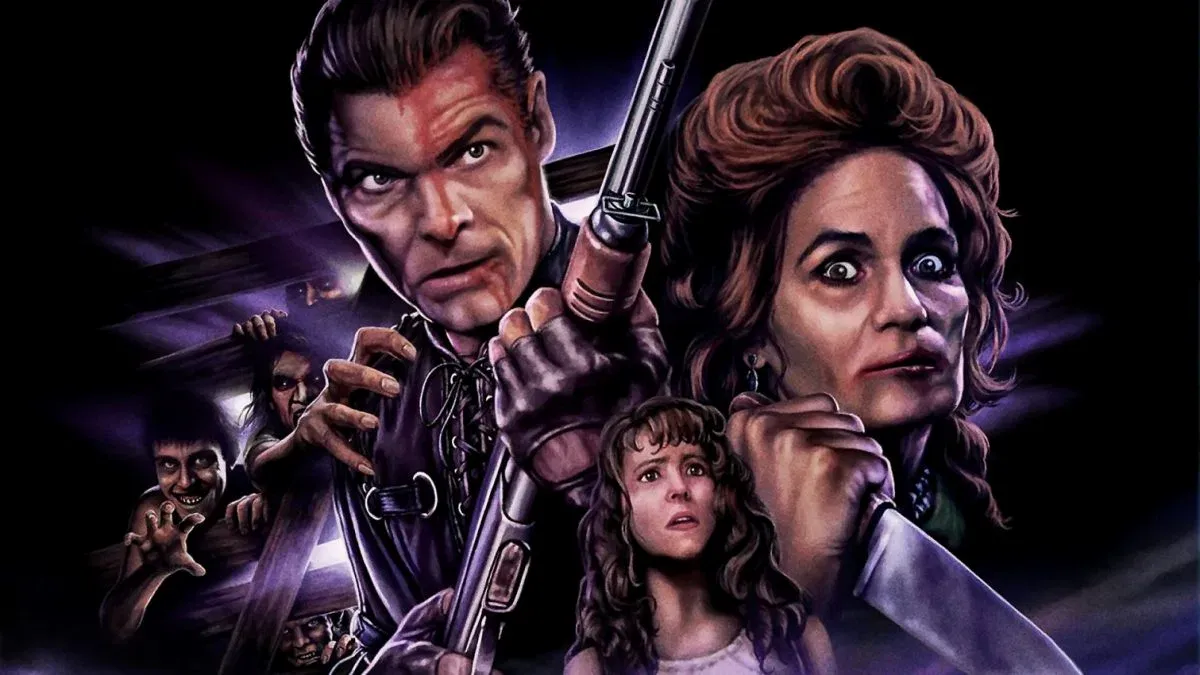Writer/director Wes Craven is undoubtedly a horror legend, having created such iconic franchises as Nightmare on Elm Street and Scream along with lesser-known but still beloved films such as The Hills Have Eyes. However, one of his best and most unique films is all but forgotten today: The People Under the Stairs.
The People Under the Stairs is a weird movie. If you have, for whatever reason, ever wanted to see Big Ed from Twin Peaks dressed in a gimp suit and repeatedly firing a shotgun into the walls of his house to try and kill a cackling, tongueless trickster-child that lives within them, you’re in luck. But the truly brilliant thing about The People Under the Stairs is that it’s also unabashedly a leftist manifesto; a scathing exposé of the inherent violence and racism of capitalist social structures, criticizing both the material factors of urban capitalism and the ideological factors of the white nuclear family.
The setup is simple and does the near-impossible job of making the film’s Home Alone-meets-Get Out premise work: Fool is an African-American kid living in the ghetto, part of the last family remaining in an otherwise empty apartment building. His mother has cancer and can’t afford chemotherapy, and his family needs to pay their rent within the next twenty-four hours or else they’ll be charged an exorbitant late fee and then summarily evicted, leaving the building open for demolition and eventual gentrification. Fool ends up becoming part of a scheme to break into his landlords’ house to steal the hoard of gold coins they supposedly keep in their basement.

Right from the beginning, Fool questions the unfairness of his family’s situation: why do these people get to control whether he has a home? Why are they allowed to use brutal economic violence to kick Fool and his family out? Why do the landlords even need Fool’s money, if they already (supposedly) have more money than they can ever spend? While the adults in Fool’s story are pragmatic and jaded, Fool’s perspective as a kid is so important because he has not yet “grown up” and become accustomed to the everyday violence of capitalism. He interrogates the structures that bind him, causing those around him to question their own places in their society.
Once inside his landlords’ house, Fool finds himself caught in a twisted maze of traps and hidden passages, chased by “Mommy” and “Daddy” Robeson, his landlords and film’s villains (played to perfection by Everett McGill and Wendy Robie of Twin Peaks). Mommy and Daddy are a pitch-perfect parody of ’80s white suburban domesticity: aside from being clear caricatures of Ronald and Nancy Reagan, the pair are an incestuous couple who live in absurd luxury that nonetheless seems to be decaying around them. They bicker and scream at each other constantly, and their primary hobby appears to be kidnapping poor white children from the slums to raise as their own. Any children who transgress their house rules, however, are mutilated and locked in a cage under the basement stairs, where they are regularly abused and fed only human flesh.

These people under the stairs, aside from giving the film its title, also serve to cement its clearest metaphor: Wes Craven, in the film’s supplementary material, has said that the Robesons’ house represents “the whole society of the United States”. The racial Other is kept as far away from the center of power as possible, used for profit until they’re exhausted of all utility. The white lower class, on the other hand, is granted conditional entry into the halls of power. They hold no real influence, of course, and if they step out of line, they are cast out. Whereas those upstairs profit in a neatly detached way from the suffering of those below them, managing the ghetto anonymously and from a safe distance, those in the basement are conditioned to feed on human flesh, needing to confront the suffering that keeps their society going and to either willingly engage in perpetuating it or starve.
The film is, however, not all doom and gloom. Fool escapes the Robesons’ house, leaving behind both the fabled hoard of coins and his new friend and ally in the Robesons’ “daughter”, the sole remaining child who has not yet been condemned to the basement. Then, unusually for a horror film, Fool willingly comes back, not content to let his friend and his community down. The police, of course, are no help whatsoever: they’re easily charmed by the Robesons’ illusions of civility. Fool knows he must take direct action, and that he does: he frees his friend, finds the money, and leads his community in a revolution against the Robesons. Mommy and Daddy Robeson are torn apart and eaten by the people under the stairs, and the manor, with all its dusty antiques and secret passages and piles of rotting money, explodes, raining its treasures down upon the people of the ghetto. The film’s ultimate message is one of hope, of salvation for those victimized by capitalism and of redemption for those who unwillingly take part in it.

Just before his death in 2015, Wes Craven announced that he was remaking The People Under the Stairs (seemingly with a more supernatural tone) for television. Although his work was never completed, while this article was being written, it was announced that Jordan Peele would be producing a remake of the film. The story certainly deserves to get another shot, as well as a retelling from one of the modern horror masters in a more contemporary context, but the general consensus online seems to be that the original was a flawed but interesting film, something with a lot to say that it wasn’t necessarily good at saying. Honestly, I think this perception is wrong: not only are its themes as relevant as ever, it’s also a damn good film. Although its mix of black humor, horror, and social commentary might not work for everyone, there’s a good chance it’ll work for you. At the very least, you’ll have a point of comparison for when Jordan Peele’s version comes out in a couple of years.

